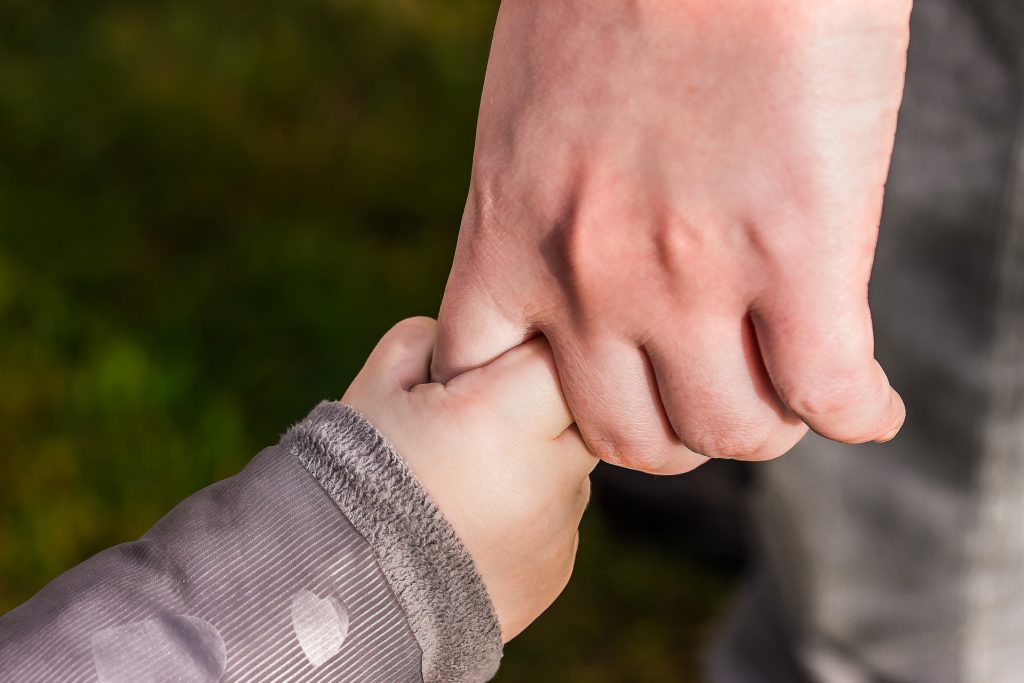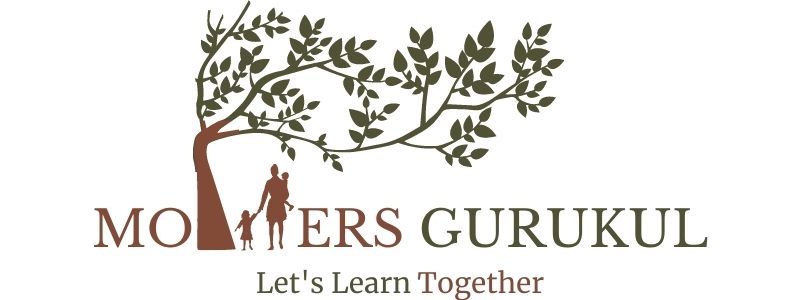My child is 2 but s(he) hasn’t started saying meaningful words, or my friends kid was walking before his first birthday and my little one still need support. Is he up to he mark? Should I be concerned about his development? Is s(he) reaching the milestones on time? For experienced parents, it is comparatively a smooth ride but for first timers, it’s like a long questionnaire.
Today’s guest post is on the same topic. When I got this submission in my email from James Paul (writer and head of SmileTutor) and his team, I instantly liked it as it is a detailed write up and gives a fair idea about what you should expect from your child at a particular age.

Source: https://pixabay.com
As a parent, do you ever think as if raising your kids is similar to riding a roller coaster?
Sometimes, you enjoy your baby and all those toddler activities while the next moment
you wonder what has happened to your little angel. All this happens because of the mental and physical development of your child.
Child’s development consists of various stages including cognitive, physical, and social growth that starts during the birth and proceeds all the way through early adulthood.
Knowing your baby’s changing and rising growth is an inherent responsibility of
parenting. As children grow through a series of development stages, they might come
across emotional and physical challenges during these years. So, here we are sharing
additional information about the child development at different ages and stages.
Newborn Development (1 Month):
Right from the birth up to one month, a newly born baby ( a newborn child) shows little
change. All movements are involuntary and given in response to outer stimuli.
Milestones included in this stage:
– Rooting reflex: A baby opens the mouth and moves his front towards an object or your
hand when you caress his cheek.
– Grasp reflex: A baby involuntarily grabs anything placed in his hands; for example, your
finger.
– Startle reflex: A baby stretches his legs and arms, and sometimes, suddenly takes his
arms together in response to unexpected sounds.
Infant Development (1-to- 12 Months):
Between 1 to 12 months, babies exhibit unique developmental abilities. A 3-to- 6
month’s old baby can control hand and head movements. A baby can sit without any
assistance, respond when we call his/her name, and chatter between 6-to- 9 months.
Between 9-to- 12 months, an infant can move slowly (crawling), stand with your help,
and lift up small objects.
Toddler Development (1-to- 3 years):
At this stage, children exhibit formal actions, such as following a sleeping time routine as
it gives them a feeling of ease and reliability. Even though toddlers are inept, they don’t
require any support to walk. They can hold a pencil or chalk, sketch a circle or any other
shape, take a small jump in place, create a pillar of given cubes, ascend a stairway,
understand simple commands and babble short sentences.
Preschooler Development (4-to- 5 Years):
Your inquisitive and curious kid is now better able to start and join the conversation.
Also, your kid’s vocabulary is developing. Your kid is ready to reply to simple questions
quickly. In child development, this stage is distinguished by improved learning of
exceptional motor skills. The preschooler can perform various activities such as standing
on one leg for a few seconds, throwing a ball, drawing pictures, etc.
School-Age Development (6-to- 12 Years):
At this age, kids are more competent, self-sufficient, and self-regulating. A school-age
kid has the essential motor skills. They start mixing in the society and make friends at
school. They enjoy various activities and remain busy.
Adolescent Development (13-to- 18 Years):
At this stage, you get to see numerous cognitive, mental, and physical changes in your
kid. They start developing their identity. Now, they have own opinions. They start
spending more time outside with friends. They feel worried about their look and
appearance.
Conclusion:
From a dependent newborn to an energetic toddler, you get to see this incredible
transformation while raising your kid. They grow and develop at an astounding speed.
The majority of new parents often question what to assume next. They can’t understand
if their kid is developing at the standard rate or not. Rather than focusing very much on
these developmental milestones; however, it is essential for parents to know that kids all develop and grow at own pace. Some grow faster while some take time to show the
progress.
About the author:
James and his team manage the social media activity at SmileTutor. At
this Singapore Tuition, they are redefining the way schools all across the
globe develop teaching and educational activities. Their team is
dedicated and has the only aim -“to reduce the stress of parents by
finding an ideal tutor for their child.”
